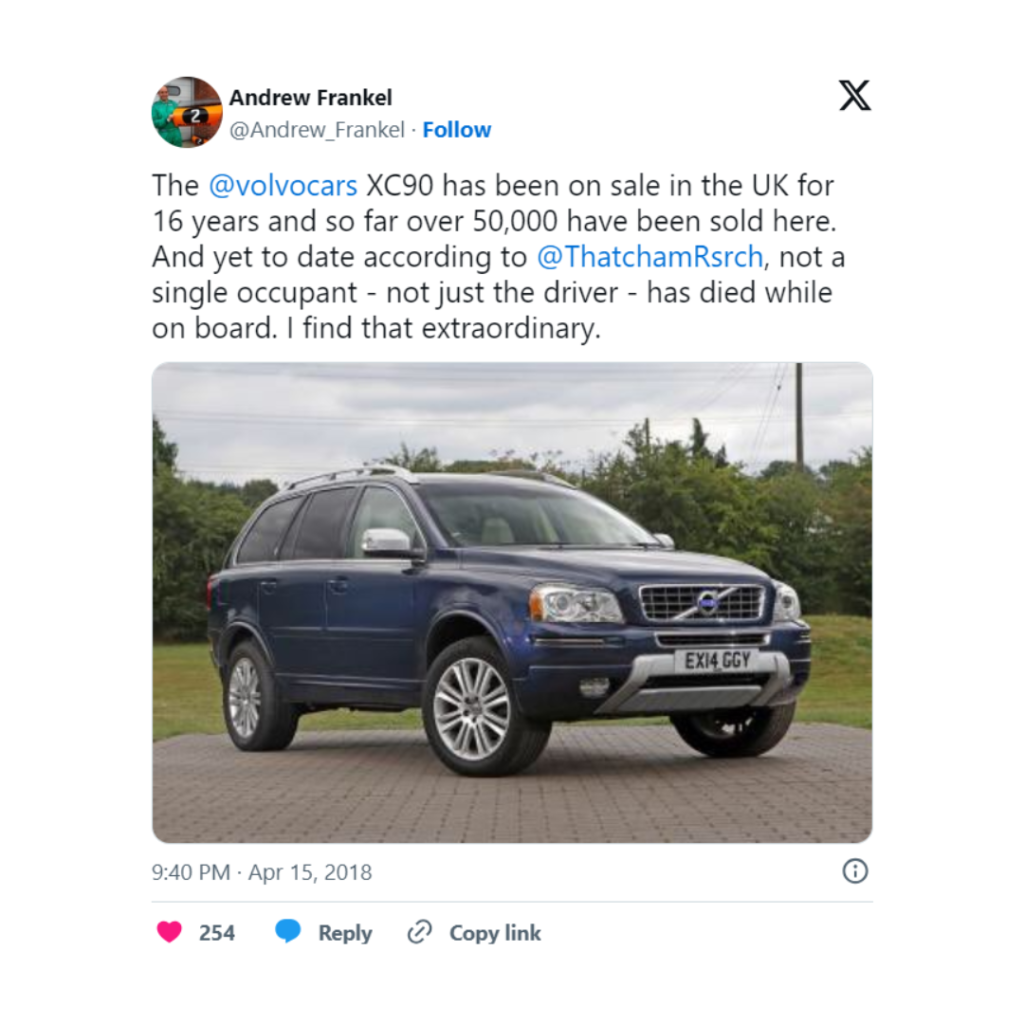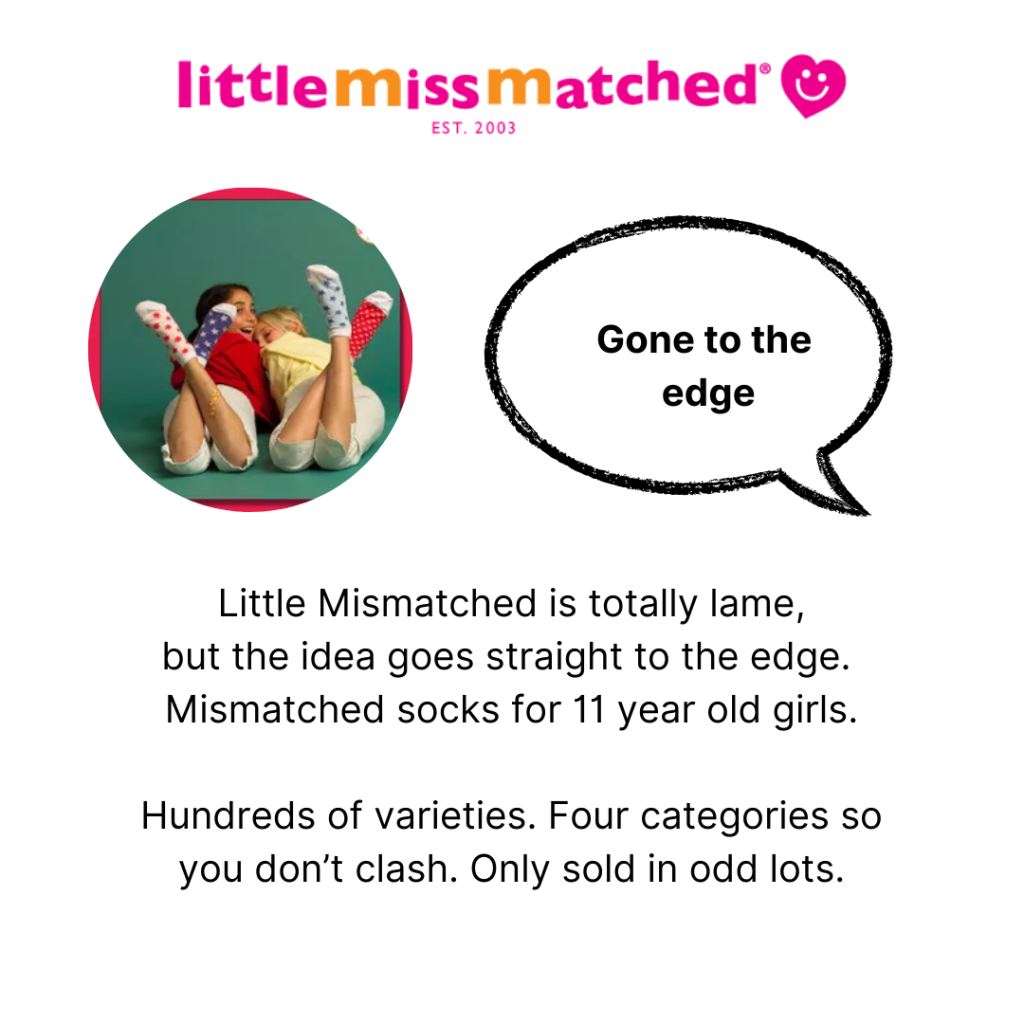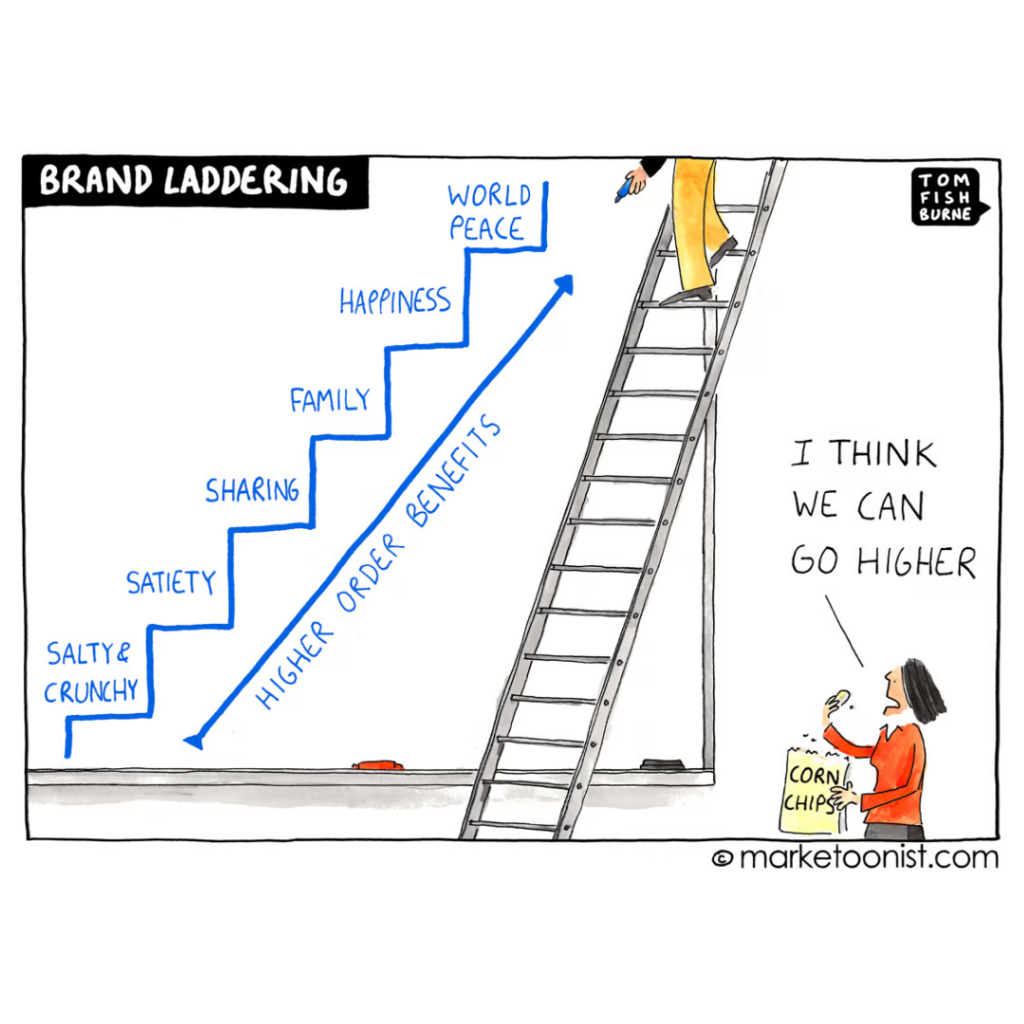There are only two types of brands
Purpose Brand
Popular Brand
What is a Purpose Brand?
A purpose brand serves as a two-sided compass. One side guides customers to the right products, while the other directs designers, marketers, and advertisers as they create and promote new and improved products.
Example:
Volvo Cars – Known for Safety
The engineers at Volvo prioritize passenger safety, which is why they have developed groundbreaking safety features with that focus in mind.
Customers who purchase Volvo cars understand the clear purpose behind their choice: safety.

Here’s the Safety features invented by Volvo Cars over the years
Three-point seat belts
Side-impact protection system (SIPS)
Whiplash protection system (WHIPS)
Roll Stability Control (RSC)
City Safety automatic emergency braking system
Lane Departure Warning (LDW)
Blind Spot Information System (BLIS)
Adaptive Cruise Control (ACC)
Pilot Assist semi-autonomous driving system
SawZall (With the right blade, your sawzall can cut through wood, nails, fiberglass, branches, plaster, masonry, and metals including aluminum, cast iron, steel, and even high-strength alloys)
IKEA (Ready-to-Assemble furniture)
Google ( To Find Information ‘Just Google It’)
LinkedIn (To Network with business People)
Sensodyne (Toothpaste for sensitive teeth)
People buy these brands because of their popularity, not because they know the reason behind their purchase.
Find a random person and ask the different between these brands
- Coke vs Pepsi
- Louis Vuitton vs Chanel
- Instagram vs Snapchat
- Nissan Terrano vs Renault Duster
Nobody knows the difference between these brands, but they recognize them because of their popularity. Trying to become one of these well-known brands like pumping more ad dollars is the most expensive endeavor, and it’s extremely difficult for most companies—out of reach for many. If you’re a small company, never pursue this strategy.
As an entrepreneur, all you need to do is strive to be a purpose brand instead of being a me-too brand. You don’t have to do something extraordinary to be a purpose brand, but when you understand the stories(circumstances) of the people, you can come up with a unique offering which has the probability of becoming a purpose brand.
Here’s an example of a company that sells a “want” rather than a “need,” yet is hailed as a purpose brand: Little MissMatched.
What sets Little MissMatched apart is its focus on mismatched patterns and designs. Instead of offering matching pairs of socks, Little MissMatched embraces the idea of mixing and matching different patterns, colors, and styles.
Their products often come in sets of three or more socks, allowing customers to create fun and eclectic combinations.
For instance, one pack may include a striped sock, a polka dot sock, and a floral print sock. This concept promotes self-expression and individuality in fashion choices

Remember that a purpose brand acts as a two-sided compass. One side guides customers (girls under 12 years old) to the right products for them (Little MissMatched), while the other guides designers and product developers to create and improve products (mismatched patterns—mixing and matching different patterns, colors, and styles).
Note: A purpose brand is not about inventing a “fictitious purpose” for your brand.

